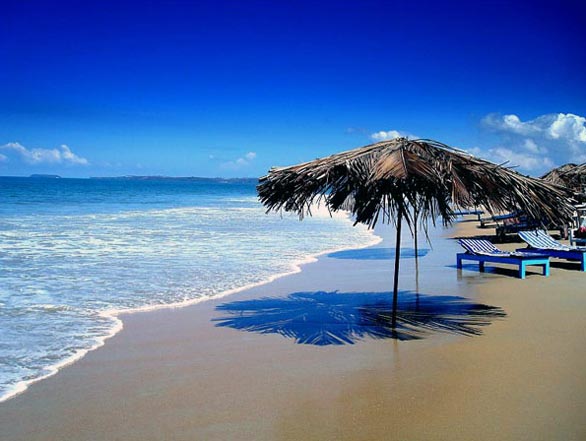XPLORING BHUTAN
Tucked between the relatively gigantic countries of China and India, and surrounded by the Himalayan mountains lies the kingdom of Bhutan. Isolated from the rest of the world, Bhutan opened its doors to tourism late in 1974. The nation runs on a philosophy of Gross National Happiness which is an index measuring the collective happiness and well-being of its citizens. In the summer of 2018, we made a decision to go to Bhutan via road. Even though the Royal Bhutan Airlines connects major cities of India with the city of Paro in Bhutan, also providing visa on arrival to all passengers travelling by air, being a resident of Assam I was of the opinion that a mere 527 km could easily be covered by road.
Thus on a sunny morning in June, with its rugged mountains, winding rivers, exquisite flowers and majestic trees, Bhutan was indeed an epitome of grandeur as we marveled at the scenery from our vehicle. The first day was spent in the capital city of Thimphu, in Western Bhutan where we visited a number of tourist attractions. The Buddha Dordenma was the first in our list which houses a huge golden statue of Buddha, located on a hilltop. The Dordenma also offers a magnificent view of the valley and the capital city. Inside the building is a temple which has thousands of golden statues of the Buddha along with a meditation hall. The next location in our itinerary was the Simtokha Dzong. Legend has it that the Dzong provided protection against a demon which had disappeared into a rock close to the site and hence taken the name ‘Simtoka’ meaning “simmo” (demoness) and ‘do’ meaning “stone”.
Inside the Dzong, there are around 300 fine slate carvings depicting saints and philosophers. The dzong also houses countless statues and paintings of various Buddhas, deities and religious figures. Thereafter, we took a drive in the city, visiting the Indian Embassy, the residence of the King and the Parliament building. Following this, we bade goodbye to the valley of Thimphu as we set off for Paro, a four hour drive from the capital. Arriving late in the evening, we spent time in the local square where we bought souvenirs and post cards. Early next morning, we set off for Paro Taktsang which is one of the most iconic landmarks of Bhutan. The monastery hangs on a cliff at 3,120 metres above sea level. The hike to the monastery takes 2-3 hours and the track is festooned with pine trees and prayer flags. According to the legend, Guru Padmasambhava (Rinpoche) flew to the site atop a tigress and meditated in the cave for 3 years, 3 months, 3 days and 3 hours.
Since then the cave has been a sacred site and thousands of tourists, monks and devotees visit the site monastery every day. The interiors of the monastery house a magnificent prayer hall inside the Paro with a statue of Guru Padmasambhava. One can also witness the ancient cave of Taktsang monastery where Guru Padmasambhava meditated. The evening ended with a drive in Paro, exploring monasteries and the hills. The next day, we formally bade adieu to the Bhutan odyssey as we came back to India.




